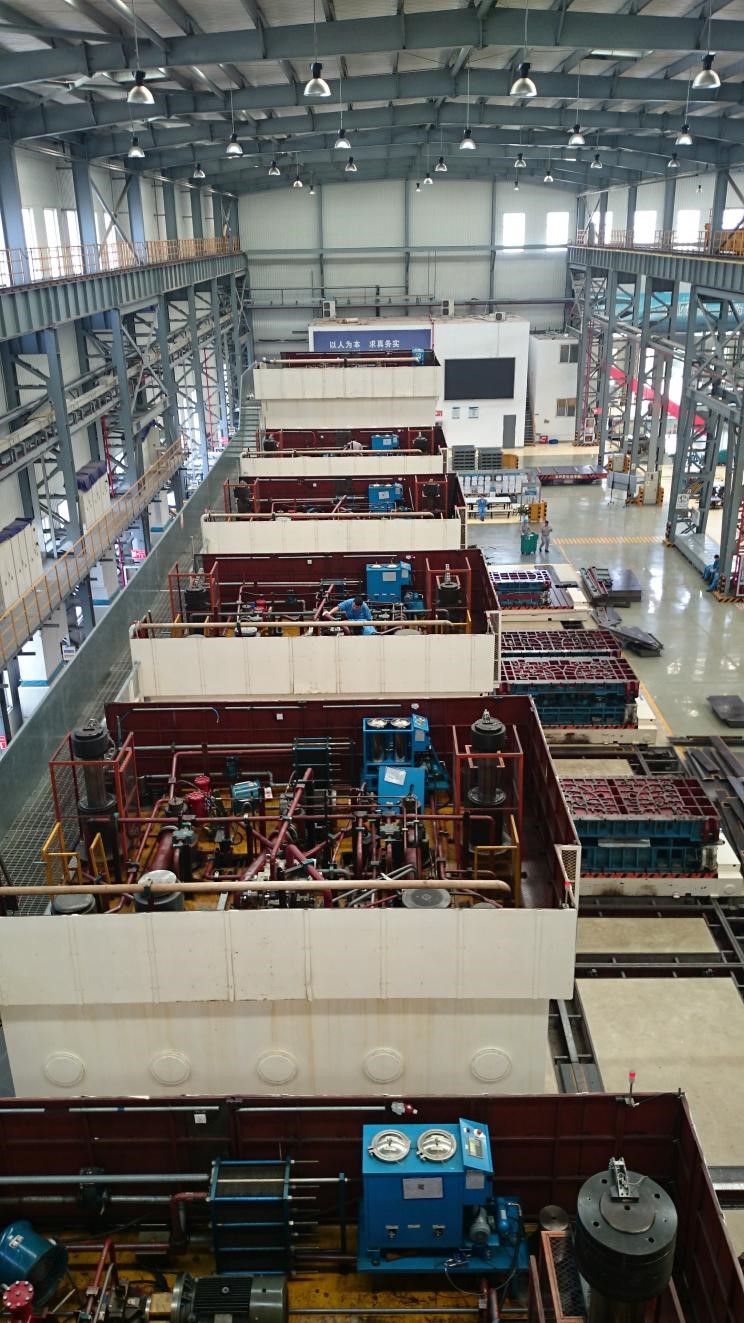Lubricating oil is vividly referred to as the running blood of industrial equipment. In the long-term operation of the equipment, due to the oxidation of lubricating oil, consumption of additives and external pollution, it may lead to equipment failure, resulting in significant economic losses. The use of lubricating oil cleaning solutions that maximize pollutant capture capacity and reduce maintenance downtime is important for improving equipment performance, extending equipment life and reducing operating costs. Common oil pollutants are the following, that is, water, solid particles, gases and lubricating oil oxides. For these pollutants, there are a variety of different purification methods: pressure mechanical filtration, magnetic filtration, centrifugal separation, sedimentation separation, electrostatic filter oil adsorption, vacuum dehydration (air), resin absorption and adsorption method of water removal, coalescence method of water removal. At present, the control technologies adopted by various enterprises for solid particulate matter and oil oxide and other oil pollutants are pressure filtration, electrostatic adsorption and other methods. Pressure filtration is the most traditional and widely used oil purification method, and the use of electrostatic adsorption principle to purify oil is the latest technology developed by the progress of modern science and technology. Static oil filter has been widely used in developed countries and Chinese industrial and mining enterprises, and its advantages are more and more affirmed by the equipment workers in the practical application process.
Advantages and disadvantages in the application of pressure filtration and electrostatic oil purifier
|
Item/Project |
Pressure Oil Filtration
|
Electrostatic Oil Purifier
|
Note |
|
Remove suspended oxides, sludge and varnish of lubricating oil
|
Basically ineffective |
Best |
Electrostatic oil purifier can selectively adsorb liquid suspended lubricant oxide
|
|
Purification Accuracy
|
1~13um |
0.01μm |
The electrostatic oil purifier has the highest adsorption and purification accuracy
|
|
Fluid Purification Speed
|
Depends on the precision of filter element |
Slow |
|
|
Ability to operate in water conditions |
The filtration effect becomes poor, but it does not affect the operation
|
Influence operation |
|
|
Water removal capacity
|
Basically no water removal capacity |
The oil in 500PPM can reduce the water content to 100PPM
|
|
|
Power consumption |
High |
Low |
The electrostatic oil purifier is based on the adsorption principle, so the flow resistance is small and the power consumption is minimal
|
|
Additive loss possibility |
Lower |
Very low |
|
|
Adsorbed scale capacity |
Low |
High |
The adsorption capacity of electrostatic oil filter is large |
|
Applicability recommendations
|
Filling and on-line filtering |
Suitable for systems with serious oxidized colloid and difficult to remove by conventional means
|
The biggest difference between electrostatic oil filter and other filters is that it improves the cleanliness and oil quality of the whole system, rather than simply filtering the oil
|
△Difference between pressurized filtration and electrostatic filtration
Technical advantages brought by selective adsorption of electrostatic oil purifier
The pleated element design of the electrostatic oil filter creates a strong electric field gradient in the oil flow. Therefore, the application of both electrophoresis and dielectric electrophoresis to achieve selective adsorption brings the following technical advantages.
(1)Adsorption of metal particles with no charge but conductive submicron. The electrostatic oil filter can not only absorb conventional charged particles through the principle of electrophoresis, but also absorb neutral particles without charge but with certain conductivity by the electrophoretic force. Therefore, the electrostatic oil filter has a particularly excellent effect on the removal of metal wear particles, especially submicron non-ferromagnetic metal wear particles, such as copper, tin and other submicron wear particles, pressure filtration and magnetic adsorption are difficult to remove.
(2)Adsorption to remove strong polar suspension of liquid lubricant oxides. The electrostatic oil filter uses the principle of selective adsorption. Because the lubricant oxide is a strong polar substance, as long as it is not dissolved but suspended, even the fluid can be absorbed to the surface of the filter paper on the side of the strong electric field.
(3)Remove submicron particles. Based on the principle of selective adsorption, it can effectively remove solid or liquid suspended pollutants larger than 0.01μm in oil.
(4)Retain lubricant additives. Lubricating oil is a fluid composed of base oil and additives. Many users worry that the electrostatic oil filter may cause the loss of additives. The adsorption principle of electrostatic oil filter is electrophoresis plus dielectric electrophoresis to remove oil-insoluble conductive or strongly polar substances. It has the characteristics of selective adsorption and cannot filter oil-soluble substances or oil-insoluble non-polar or weakly polar substances. The base oil itself has very weak polarity and can be regarded as non-polar substances, while the additives are generally designed to be non-polar or very weak polarity in order to dissolve in the base oil. Therefore, the electrostatic oil filter will not remove the additives from the lubricating oil in principle. Even if a small amount of additives precipitated and suspended in the oil, because the polarity of additives is far weaker than that of metal wear particles or oxidation products of lubricating oil, it is difficult to be filtered out by the electrostatic oil filter. On the contrary, due to the limited principle of the pressurized oil filter, there is a risk that the high-precision filter element will filter out the additives insoluble in oil.
Electrostatic oil purifier installed on site
Post time: Feb-13-2023


